Wearing Vision Pro during workouts opens a new layer of training—immersive displays, guided sessions, and distraction-free focus. But the gym is a challenging environment for any headset: sweat, rapid movement, and long sessions change fit and safety in ways that matter. This guide walks fitness enthusiasts, trainers, and gym staff through realistic, safety-forward strategies to keep Vision Pro comfortable, stable, and hygienic, with practical steps for sweat management, strap tuning, and using FlitLift accessories to redistribute load. ⏱️ 10-min read
You’ll get actionable tips—how to spot pressure hotspots, choose breathable padding, tune strap tension for HIIT versus yoga, and run a 60‑second pre‑session checklist so your workout stays productive and safe. Expect concrete examples for glasses wearers, smaller faces, and different gym scenarios so you can test setups before you lift, sprint, or stretch.
Assess Gym-Specific Comfort Needs
Comfort in the gym isn’t an abstract luxury—it’s a safety issue. The way the Vision Pro sits during a static demo may change the moment you sprint, do an overhead press, or transition to burpees. Start by identifying where the headset creates pressure hotspots during representative movements: cardio tends to pull weight forward toward the nasal bridge; heavy lifting often shifts load to the temples and cheeks. Track skin reactions—redness, tender spots, or numbness—and use those signals to create a fit goal for each workout type.
Lighting and moisture shape contact and stability. Bright overhead lights create glare that can make you lift or adjust the headset repeatedly; sweat reduces friction, allowing straps to slip. Match strap configuration to activity: low-impact sessions (yoga, mobility work, easy cycling) usually do best with lighter tension to avoid pressure points, while high-intensity training (HIIT, sprints, plyometrics) benefits from firmer tension and extra cheek and nasal padding. Consider routing straps differently—over the crown for lifts, lower for steady cardio—to stabilize movement paths.
Finally, set clear comfort objectives before you start: no tingling after 10 minutes, no more than mild redness that recedes within 15 minutes, clear vision without fog. Use a quick-fit test (5 minutes of representative movement) to see whether your setup meets those goals before you commit to a full session.
Sweat Management and Ventilation Strategies
Sweat is the single most common challenge for gym use. It loosens straps, creates friction hotspots, fogs lenses, and accelerates wear on padding. Start with padding choices that prioritize breathability: open-cell foam with moisture-wicking covers moves sweat away from the skin and dries faster. Anti-slip overlays—silicone-backed patches or textured fabrics—help keep the headset stable without squeezing. FlitLift’s breathable padding options are designed to increase airflow while maintaining the headset’s seal and stability, which is especially useful in warm environments.
Airflow matters more than brute force. If you use small fans or ventilation channels, aim the airflow to sweep moisture away from the forehead and cheeks without blowing directly on the lenses (which causes fog). A gentle, consistent flow during cardio helps maintain a dryer microclimate inside the headset. If your gym has redirected airflow or ceiling fans, orient your station so the breeze helps, not hinders.
Plan simple hygiene habits into your routine: wear a thin, moisture-wicking headband to catch forehead sweat; carry a microfiber cloth and a compact lens-safe wipe; and build 10–20 second wipe breaks between sets. Microfiber cloths tucked into a wristband or a small pouch make wipes accessible. During transitions (cardio to strength), take a short cooldown—30–60 seconds—to air the headset and re-center padding. These brief resets prevent sweat from pooling and shifting the device while you lift or pivot.
Strap Comfort and FlitLift Setup
Strap tension and padding placement are the mechanical foundation of comfort. Start with a baseline tension that is snug but not constrictive: if you notice tingling or numbness near the temples within a few minutes, loosen a notch and re-test. Use FlitLift padding strategically to redistribute pressure across broader areas of the temples and cheekbones—the intent is stability without increasing forward pitch on the nose.
Position FlitLift padding so it sits between the strap and skin in a way that supports the headset’s rear and sides. Avoid adding so much bulk that the headset is pushed forward; instead, aim for even load distribution. After you sweat, recheck fit—moisture can change the effective thickness of padding and alter strap tension. If your kit includes quick-release tabs or buckles, practice one-handed adjustments during slower reps so you can fine-tune without halting your session.
Test across representative movements. Perform a few lunges, rows, and overhead presses while watching for slippage, shifting lens alignment, or cheek pressure. If side straps climb toward the temples during bending, slightly lower the top strap and balance tension across the crown and sides. For smaller heads, reduce padding thickness or move side pads inward; for larger heads, add a firmer insert to prevent lateral movement. The goal is consistent optical alignment—if your view drifts with each repetition, tighten, reposition, or adjust padding until the headset remains centered through full ranges of motion.
Safety Protocols for Gym Movement
Gym movement introduces risks specific to headset wear: snagging straps on equipment, impromptu lens contact with machines, fogged vision during dynamic movements, and overheating from restricted airflow. Build a short safety ritual that you run before every set to reduce these hazards and keep sessions productive.
Start by establishing a clear perimeter. Position yourself so cables, weights, and moving parts are outside the arc of your strap and arms. This reduces the chance the strap will catch during a twist or overhead reach. Keep slow, deliberate head turns during heavy lifts—rapid jolts can tug the headset out of alignment and destabilize your center of gravity. Engage your core and maintain a neutral neck: small posture adjustments reduce large strain on the brow and nasal bridge.
Create a pre-exercise checklist you can run in 10–15 seconds: secure fit, clear lenses, no loose clothing or jewelry that can snag, FlitLift padding checked, and a spotter or open space for high-intensity movements. If contact with equipment does occur, prioritize balance over the headset—step back, plant your feet, and then remove the device calmly. Practice safe removal motions with one hand on the strap and the other supporting yourself for those moments when a shoulder, knee, or unexpected weight shift needs immediate attention.
Ergonomic Wearing and Posture for Extended Sessions
Extended wear increases the chance of neck fatigue and facial pressure. Small, consistent posture choices preserve comfort across longer blocks. Begin every session from a neutral head position, with a slight chin tuck to ease pressure on the brow. This alignment helps the headset sit naturally without pitching forward and reduces the urge to tip the head up during visual checks.
Plan microbreaks into long sessions. For sessions beyond 30 minutes, stop every 15–20 minutes to loosen the straps for 10–20 seconds, breathe, and realign padding. These brief adjustments redistribute pressure, reoxygenate tissues, and reduce numbness. If you notice a creeping forward head tilt while lifting, it’s often a sign the strap tension or padding balance needs change—correct by retightening the rear crown strap and softening side tension to keep the weight distributed over the occiput and cheekbones rather than the nasal bridge.
Balance is your ally. Maintain a stable stance with slightly bent knees and an engaged core; that base reduces compensatory neck movements during dynamic reps. For seated machines or cyclists, slightly lean back to maintain a comfortable line of sight that doesn’t force chin-up posture. The objective is sustained optical alignment: the less you have to move your head to keep the view centered, the less strain you place on neck muscles and contact points.
Glasses Wearers, Small Faces, and Comfort Variations
One-size-fits-all rarely applies to headsets. Glasses wearers and people with smaller faces often need specific tweaks. If you use prescription glasses, first test whether prescription lens inserts are compatible; these swap directly into the optical path and avoid frame interference. If you prefer to keep your glasses on, use spacer inserts to create clearance around the nose bridge and temple arms. A spacer reduces direct pressure on your frames and creates a small airflow gap that cuts fog risk.
For smaller faces, adjust strap geometry: raise the top strap slightly and balance side straps so they don’t bite into cheek bones. Use slimmer padding or softer foam to seat the headset more gently without adding lateral bulk. Conversely, larger heads may need thicker rear padding or denser inserts to prevent lateral shifting. Fog prevention hinges on microclimate management—combine spacer use with a moisture-wicking headband, and verify ventilation is directing airflow away from the lenses. Test each configuration in a brief 10–12 minute routine of representative moves (light intervals, standing rows, and squats) to confirm stability.
Hairstyles and headbands matter too. Slicked-back hair can let straps slide; textured hairstyles give natural grip. Thin, breathable headbands catch sweat while preserving a slim profile. For anyone trying multiple permutations, keep a log of what works: strap routing, padding thickness, and spacer use so you can reproduce a successful setup reliably.
Maintenance, Cleaning, and Longevity in Gym Settings
A gym-ready care routine preserves optics, comfort, and the longevity of both Vision Pro and FlitLift components. After each session, power down and wipe lenses and face-contact surfaces with the manufacturer-approved cleaner and a microfiber cloth. Use gentle, circular motions; never spray liquids directly onto the device and avoid abrasive towels. Let everything air-dry fully before storing to prevent trapped moisture.
Inspect straps, buckles, stitching, and padding weekly—sweat accelerates fabric wear and degrades elastic. Small frays or thinning fabrics often precede failure; replace worn components promptly to avoid a mid-workout malfunction. Store gear in a breathable bag placed in a cool, dry area. If the headset is shared, assign a bag per user and label it to prevent cross-contamination. Rotate padding pieces so no single cushion bears all the sweat; alternating extends life and keeps comfort consistent.
For FlitLift and similar accessories, follow care instructions for foam and fabric. Many pads are machine-washable on a gentle cycle or have removable covers you can rinse. Keep a small repair kit with needle, thread, and spare buckles if you’re training daily—small fixes reduce downtime. Finally, record a maintenance log: date of last clean, replaced parts, and notes on fit. This habit pays off by preventing unexpected failures in busy gym atmospheres.
Quick Start: Step-by-Step for a Sweat-Ready Gym Session
Use this fast routine to ensure your Vision Pro session is secure, comfortable, and safe. The following steps are designed to be completed in about a minute and re-runable between sets.
- Pre-fit wipe (10–15 seconds): Power down, wipe lenses and face-contact areas with a microfiber cloth. Inspect straps and padding for obvious moisture or loose stitching.
- Baseline fit (10–15 seconds): Put the headset on, attach FlitLift padding if you use it, and set strap tension to a comfortable notch—snug, not tight. Ensure the view centers without forcing your head position.
- Micro-movement test (15–20 seconds): Perform two lunges, a forward reach, and a slight squat to check for slippage or contact. Adjust top or side straps if the device shifts.
- Ventilation check (5–10 seconds): Do a brief march-in-place while feeling for airflow and lens fog. If fog begins, redirect ventilation or add a spacer/headband to break the microclimate.
- Start with warm-up block (2–3 minutes): Light cardio and mobility to let sweat patterns reveal where adjustments are needed. Pause to re-center padding if dampness causes slipping.
60‑Second Starter Checklist:
- Clear lenses, dry contact pads.
- Snug but comfortable strap tension.
- FlitLift padding in place and not pushing device forward.
- Headband or spacer as needed for sweat or glasses.
- Open workout perimeter—no cables or weights in range.
After your session, perform a short cooldown—power down, wipe surfaces, and air-dry before stowing gear in a breathable bag. If you make a small change that improves comfort, repeat it consistently. Over time, these brief rituals become a reliable habit that keeps Vision Pro comfortable, safe, and durable in the gym.
Ready for your first sweat‑ready session? Start with the 60‑second checklist, test with 5–10 minutes of representative movement, and iterate—small changes to padding, strap routing, and ventilation yield the most noticeable gains in comfort and safety.


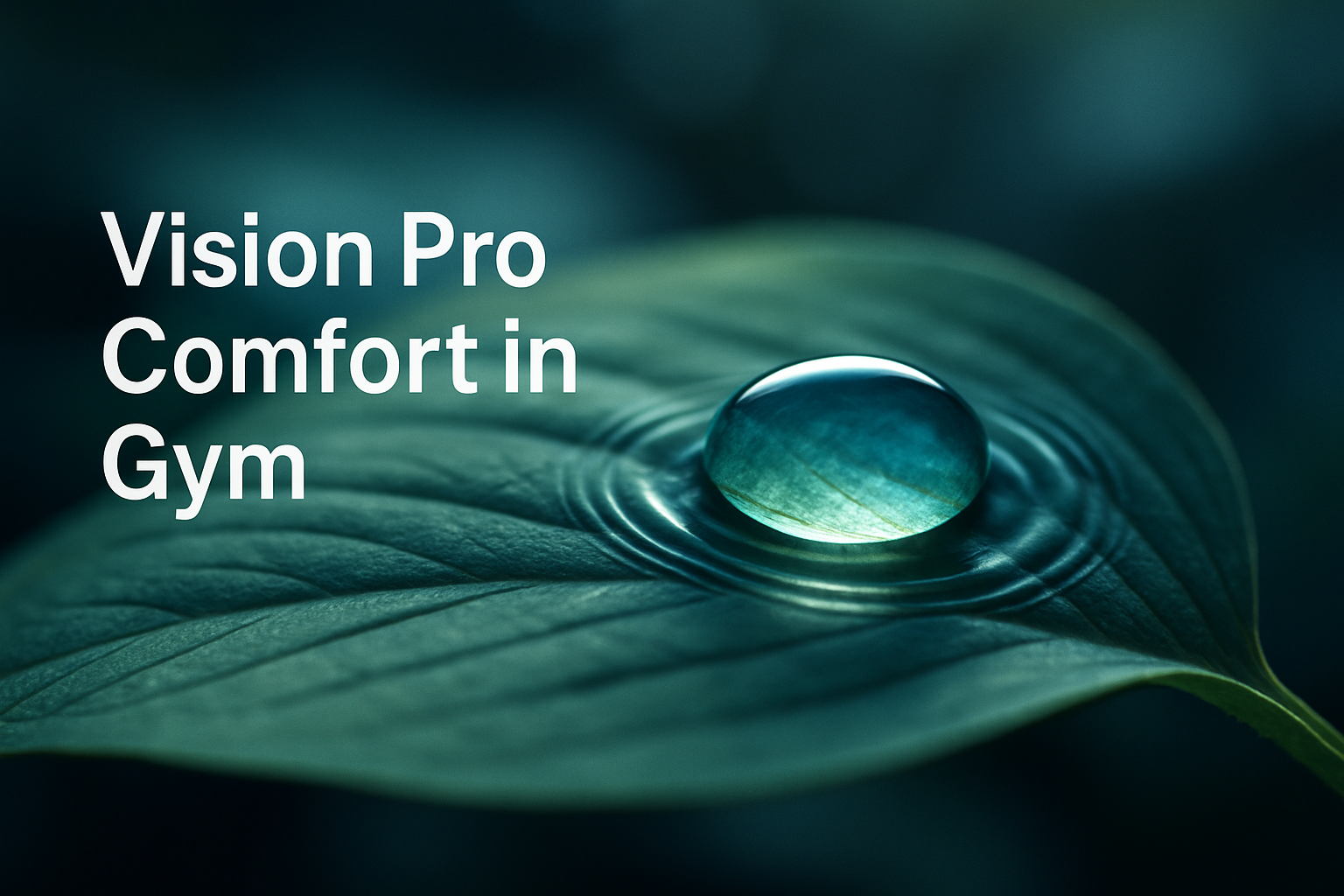
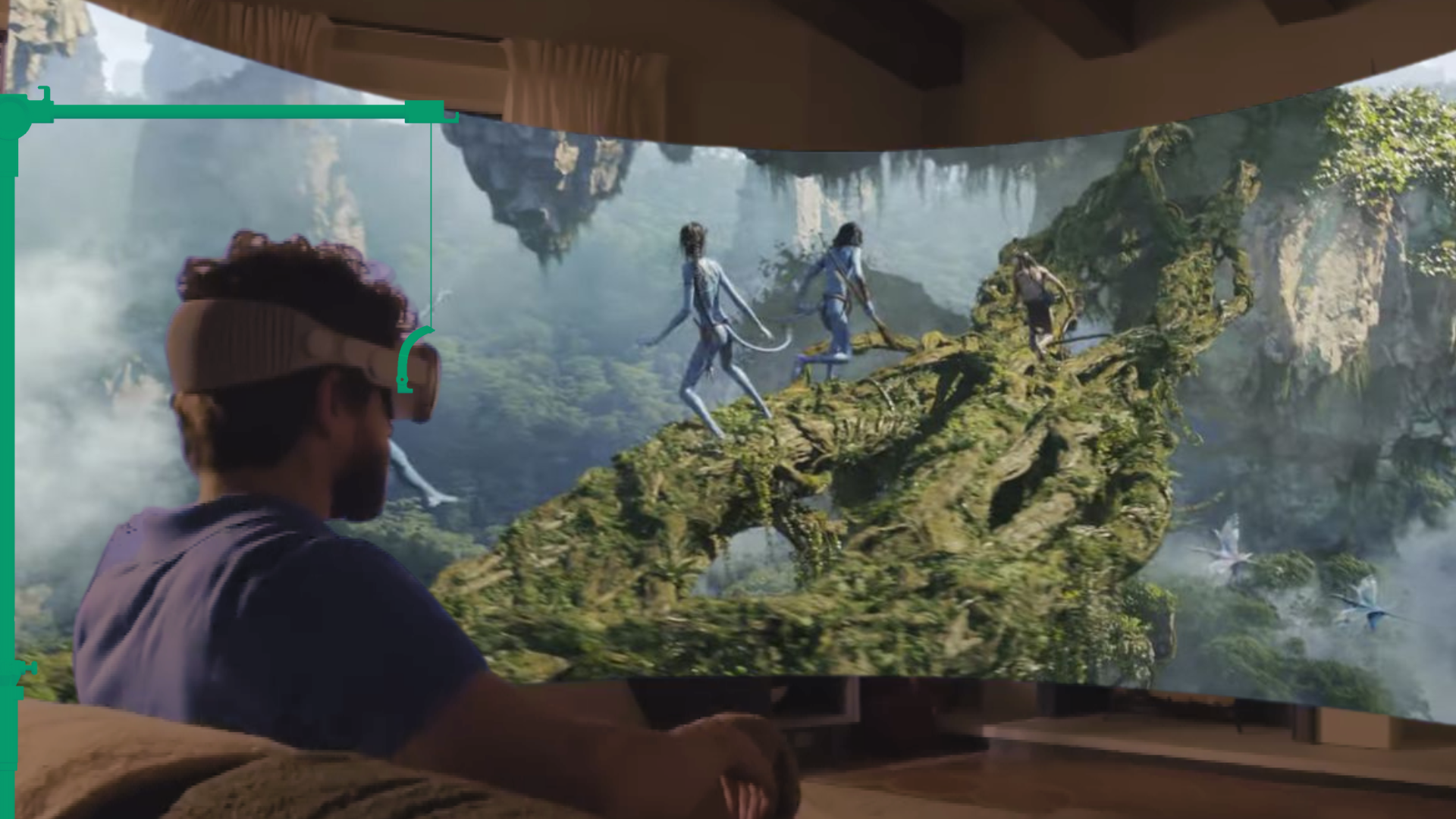
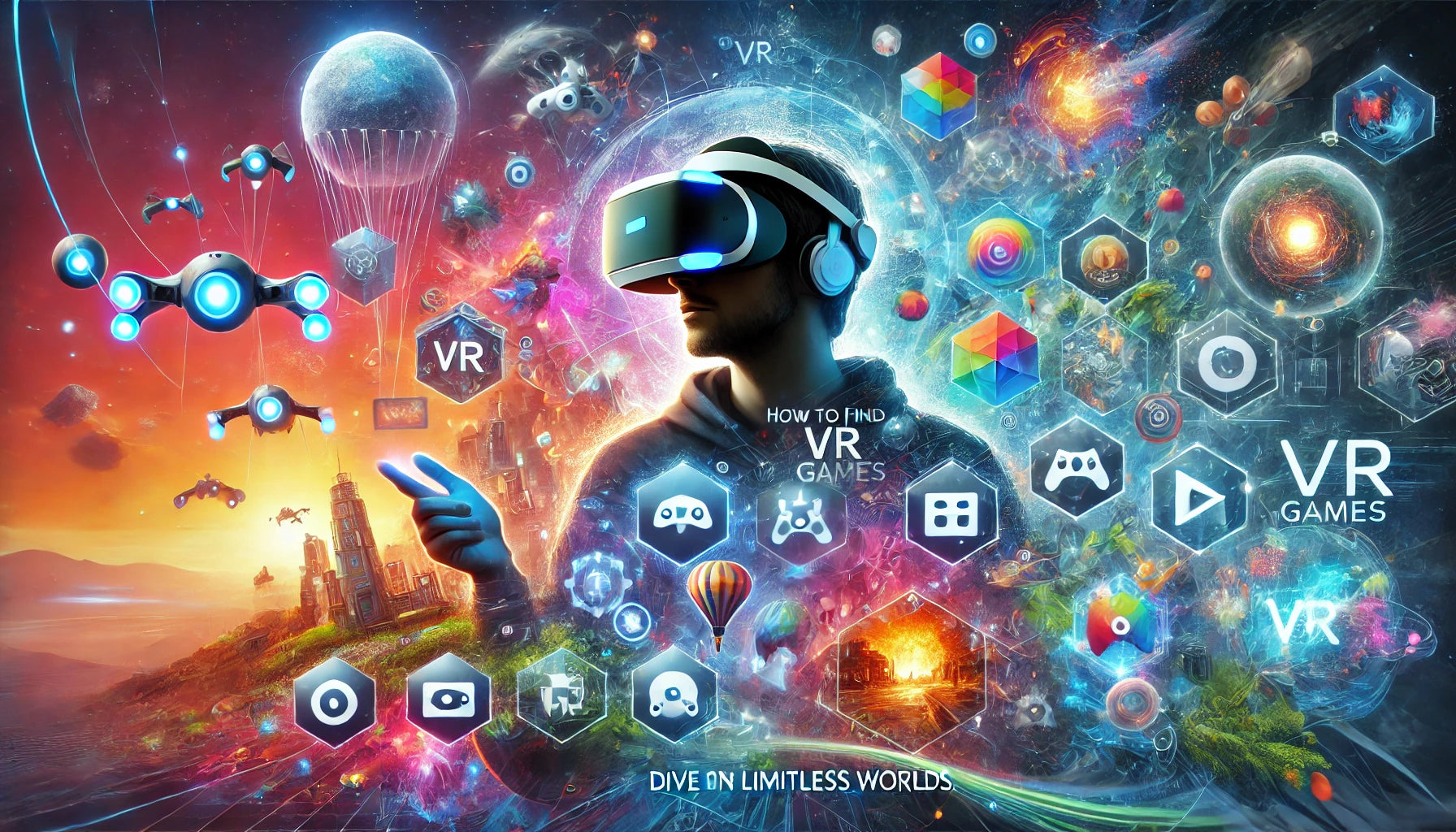
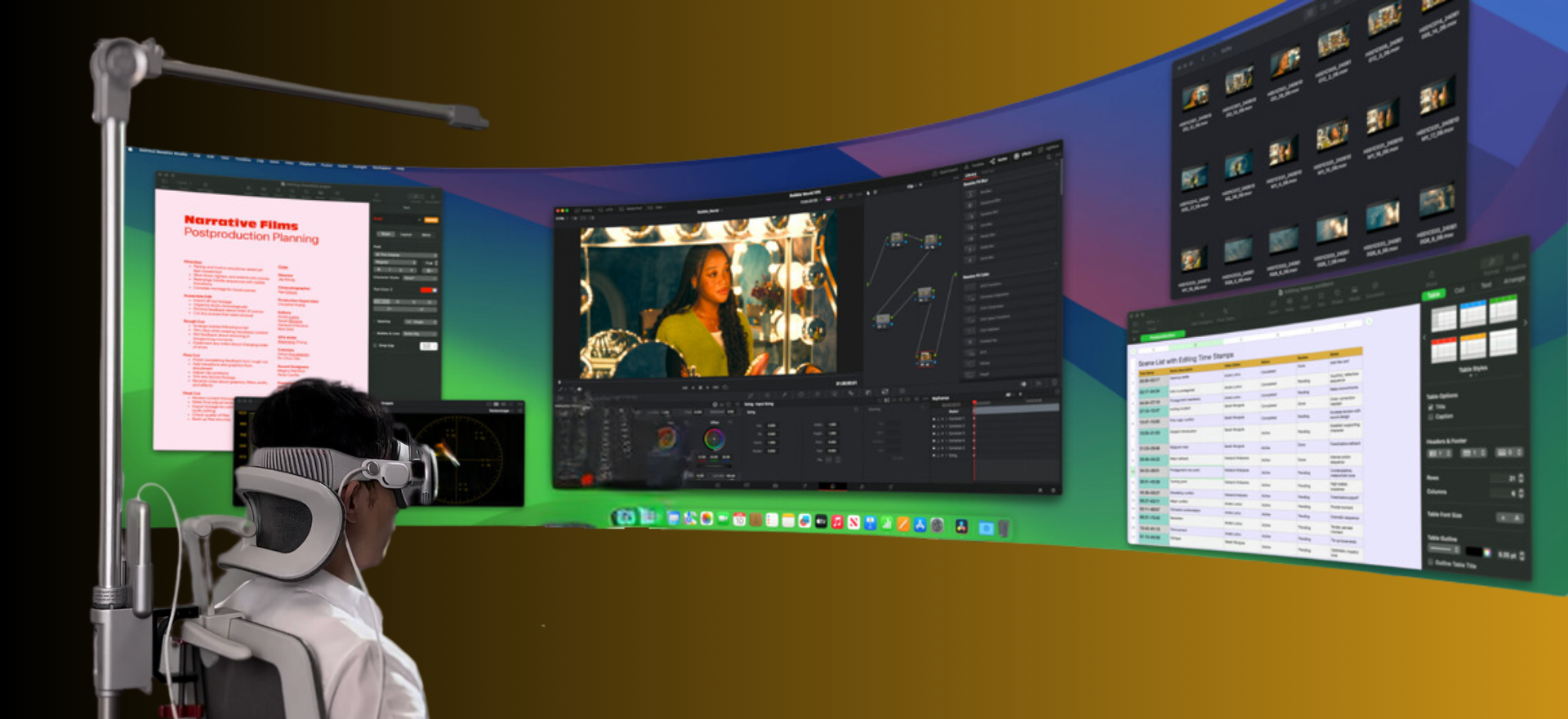
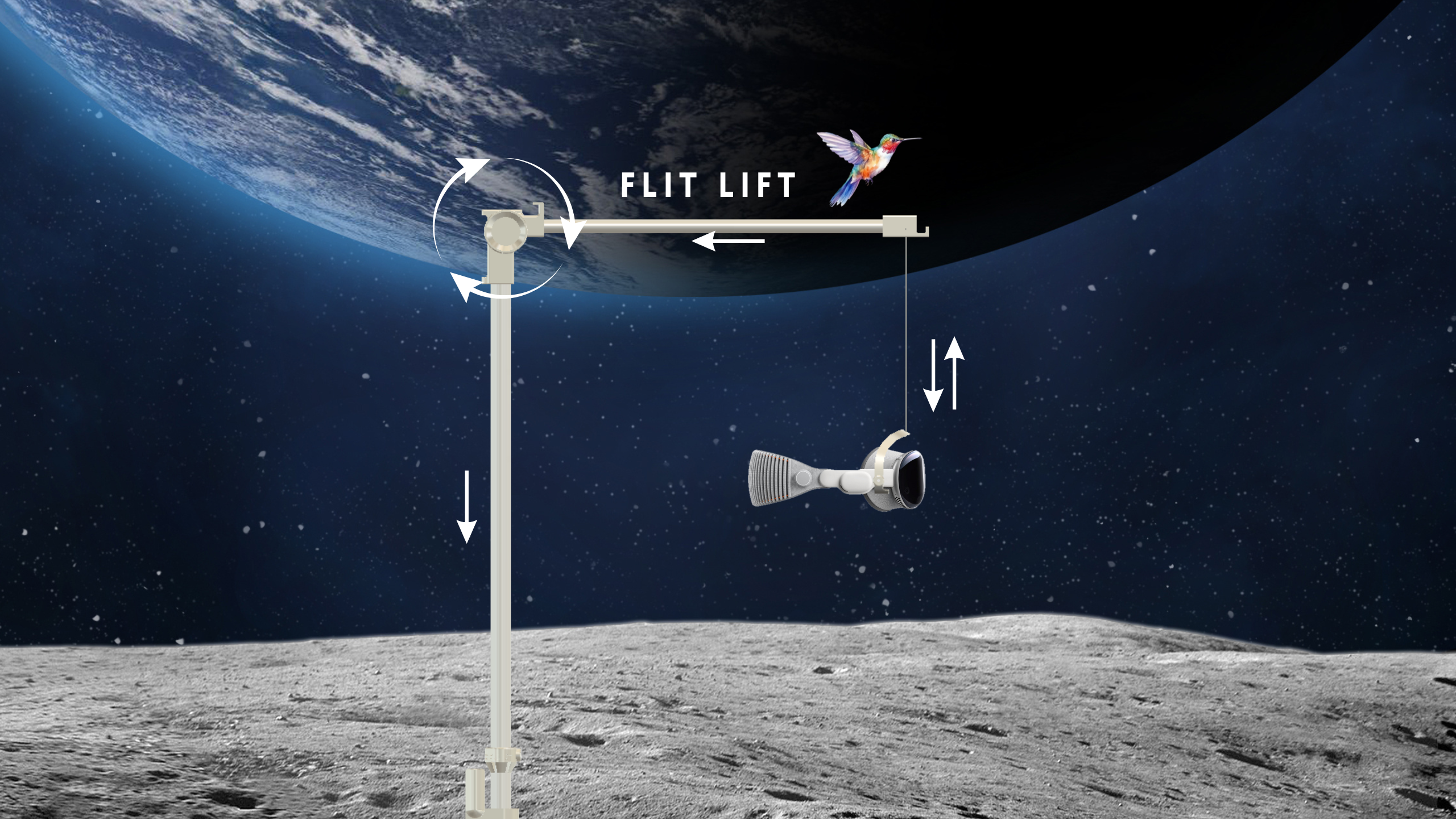
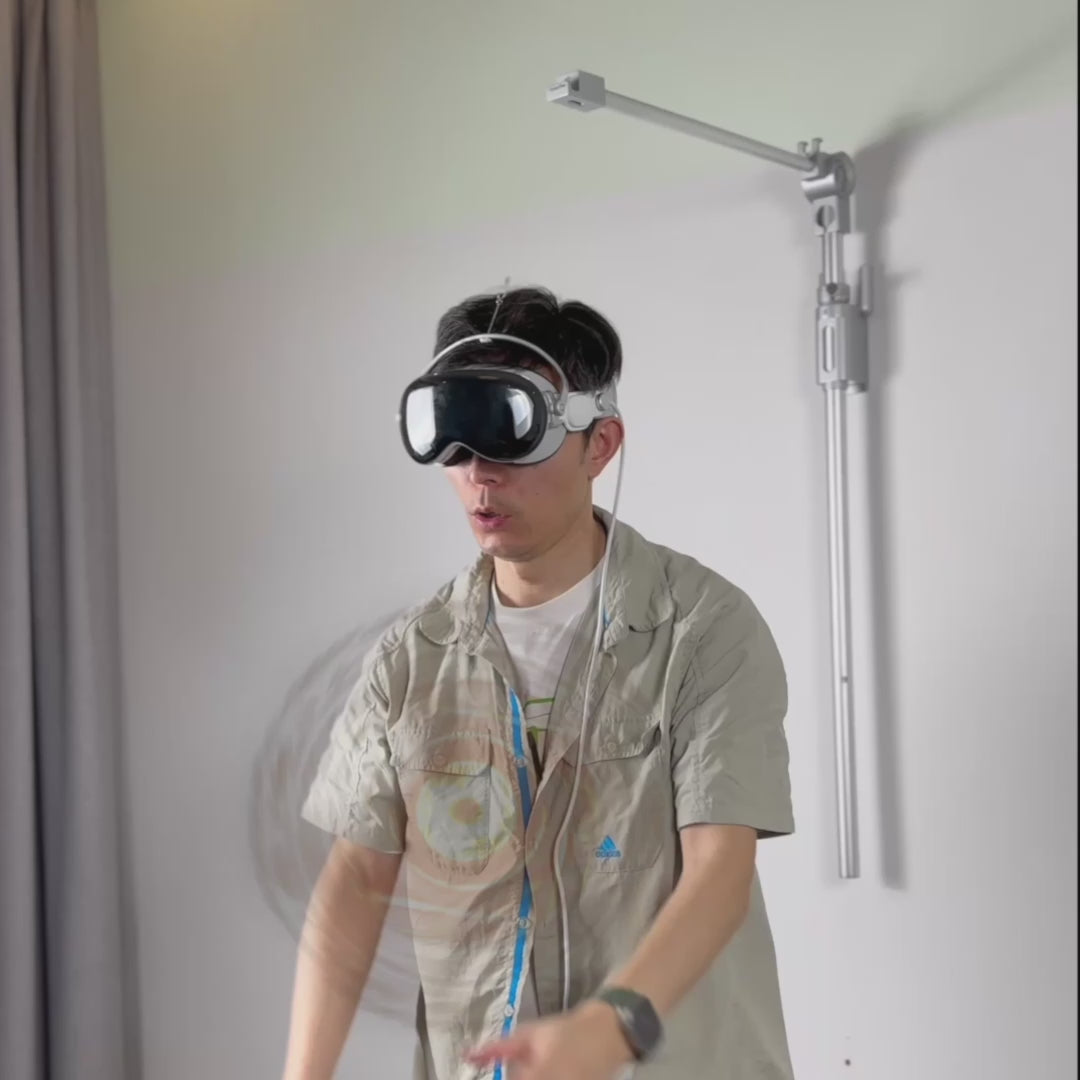
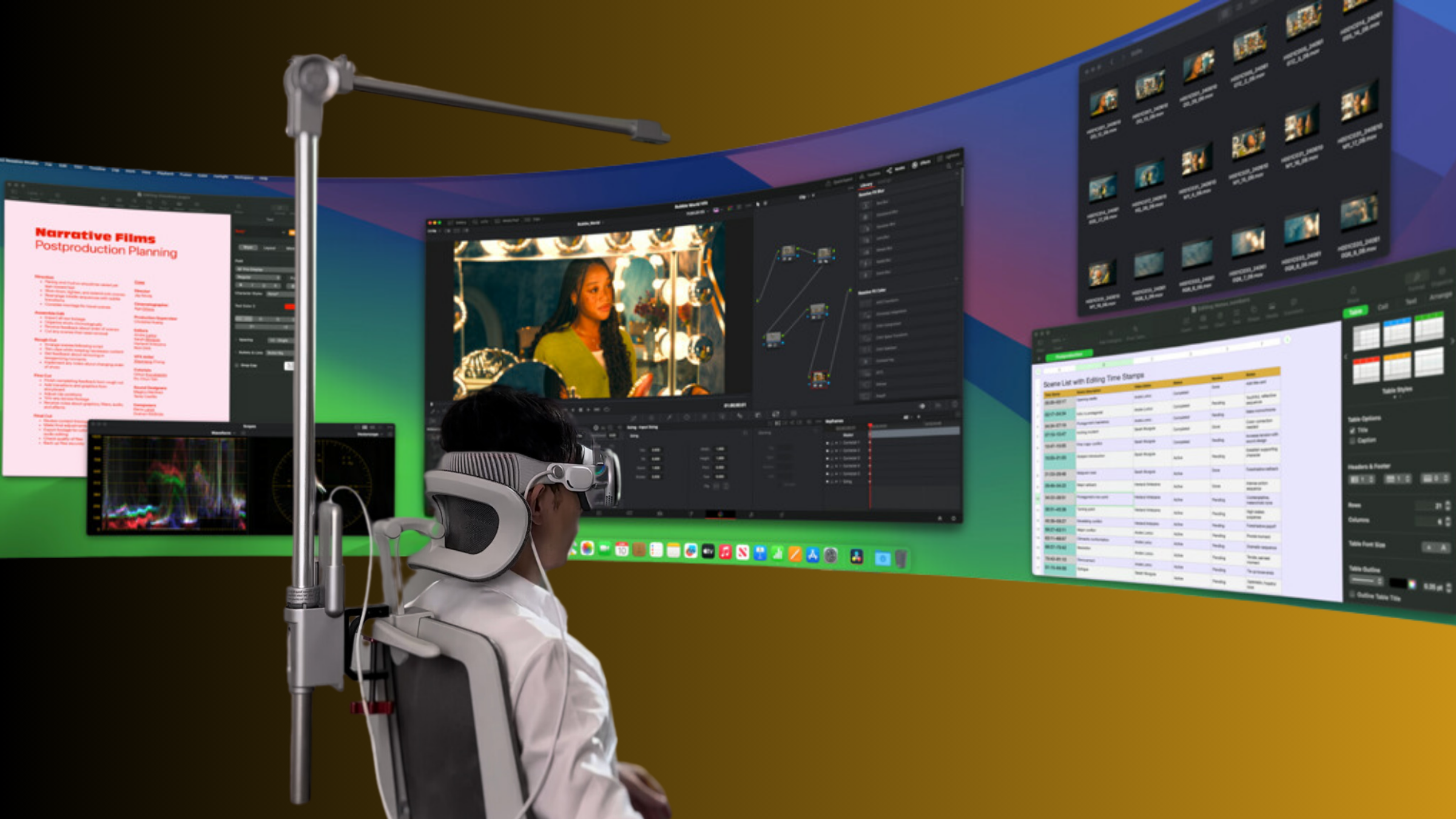
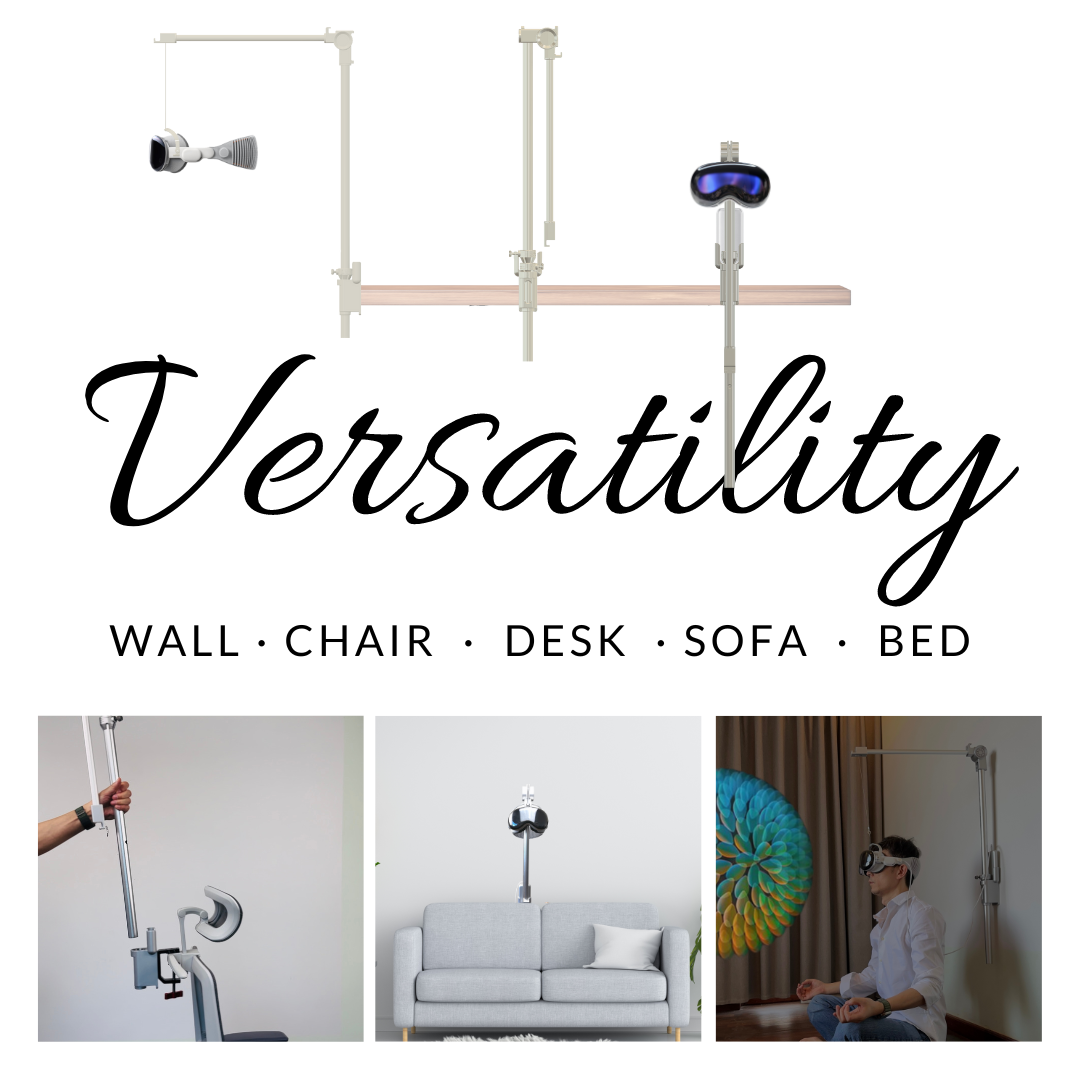
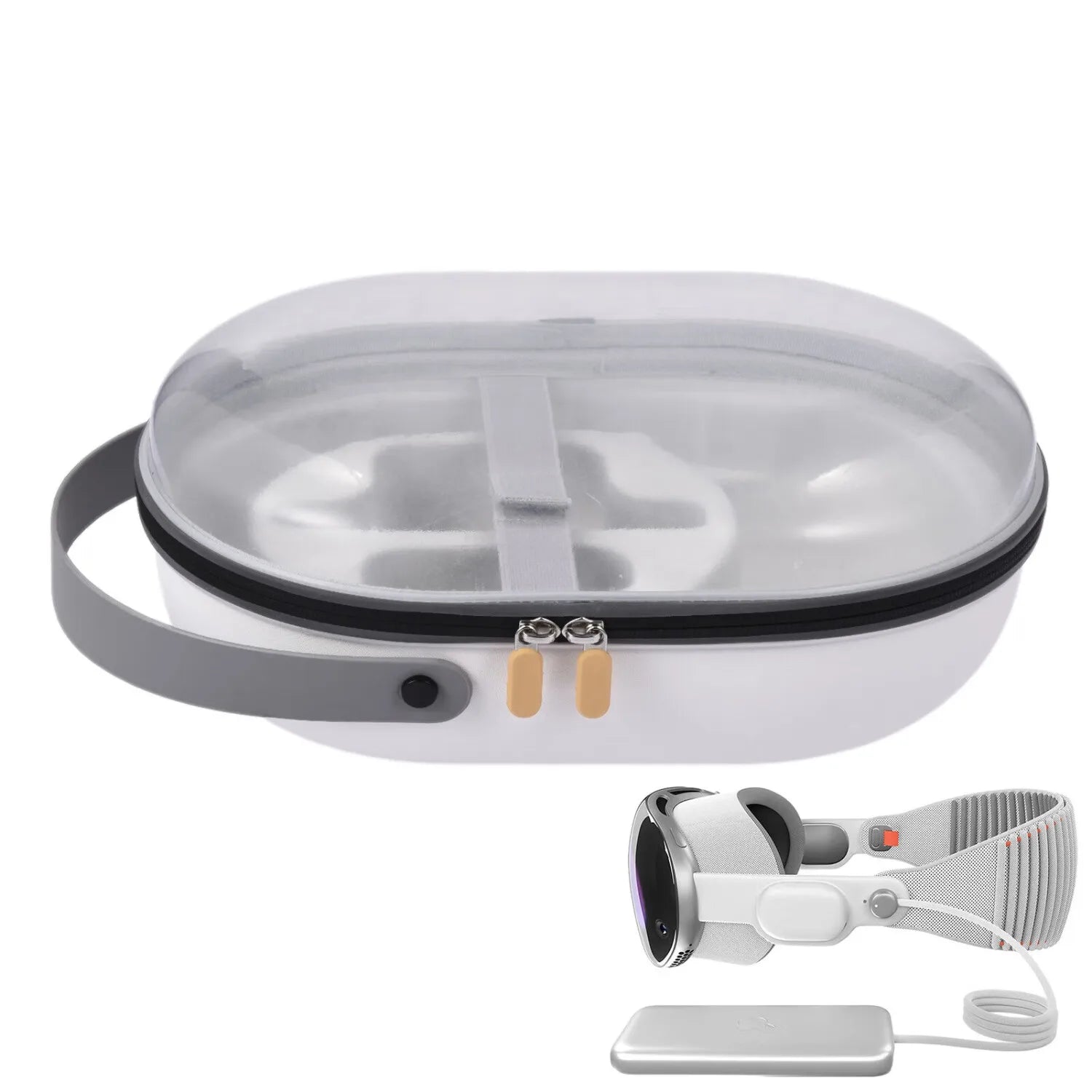
Share:
An ergonomic setup guide for VR sessions with Flit Lift
Dynamic Lifting System Benefits for VR Comfort: Ergonomics, Fatigue Reduction, and Performance